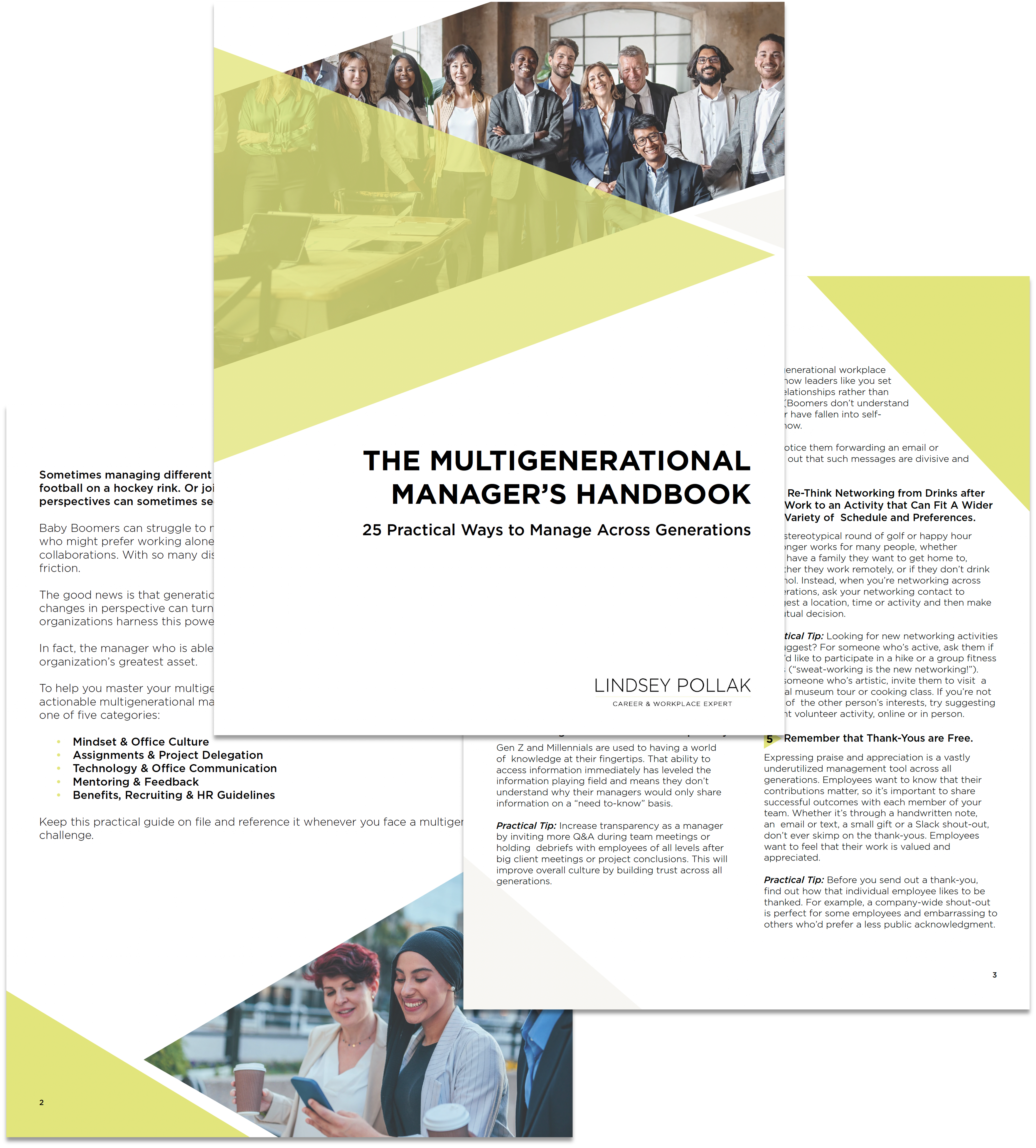For the first time in American history, there are five unique generations in our workforce: the Traditionalists, Baby Boomers, Generation Xers, Millennials and the newly graduating Generation Zs. At some organizations, colleagues up to 50 years apart in age and work experience are working side by side.
There are many areas in which the generations differ in their expectations and preferences in the workplace—comfort with technology is a common example.
However, there are also areas in which generational differences fade into the background and other elements of people’s identities take prominence.
One of those is workplace design and experience.
According to Capital One’s 2018 Work Environment Survey, generational identity is not necessarily the best predictor of what employees want in their physical work environment. Individual work style—and the specific work one is trying to accomplish—are often much more important.
What this means is that there is no one-size-fits-all approach to workplace design; flexibility and customization options are critical. Today’s generationally diverse workforce wants to work for companies that accommodate all kinds of work styles with flexible, modular workspaces and agile, forward-thinking design.
Here is what that looks like in practice:
Offer options. According to the survey, 80% of employees across all generations say they are more productive when they change locations while working. This might mean inviting people to work in your company cafeteria during non-meal hours or adding a few comfortable chairs where people can sit for a break from their desks. Leaders can help create workplace options for their teams. For example, when Capital One’s Stefanie Spurlin, vice president of Workplace Solutions, is traveling, her team members know that they are welcome to the conference meeting table in Stefanie’s office for impromptu group meetings or for an individual to spread out to work on a project or take conference calls.
Provide privacy. There are a wide variety of reasons employees might require privacy to accomplish their jobs, especially if they usually sit in an open floor plan office. An entry-level salesperson, for instance, might be more successful if he or she can make cold calls without feeling that colleagues are overhearing. If you don’t provide such spaces, either these important calls won’t get made at all, or you’ll stumble over junior employees camped out in your stairwells trying to find a little slice of seclusion.
Add “in-between” spaces. Formal conference rooms can feel too big and stuffy when all you want to do is have a quick, private chat with a colleague. Instead, “in-between” areas like alcoves and booths allow for a mix of both the proximity and camaraderie of an open space and the privacy all humans desire. Can you repurpose an unused corner of your space into an in-between space by placing a few chairs or a bench? Can you rearrange bookshelves, rolling whiteboards, flip charts, or even tall plants to create semi-private areas away from people’s desks where colleagues can casually gather for conversation?
Keep in mind that the reason to provide flexible workspace options is to help employees achieve important business goals. Another finding of the Capital One Work Environment Survey is that 79 percent of employees across all generations think companies need to have an innovative environment if they want to encourage innovation. In other words, we want our physical workspaces to be as diverse and adaptable as we are.
Photo Credit: Connie Zhou
Disclosure: I am an official #CapitalOnePartner.
###

